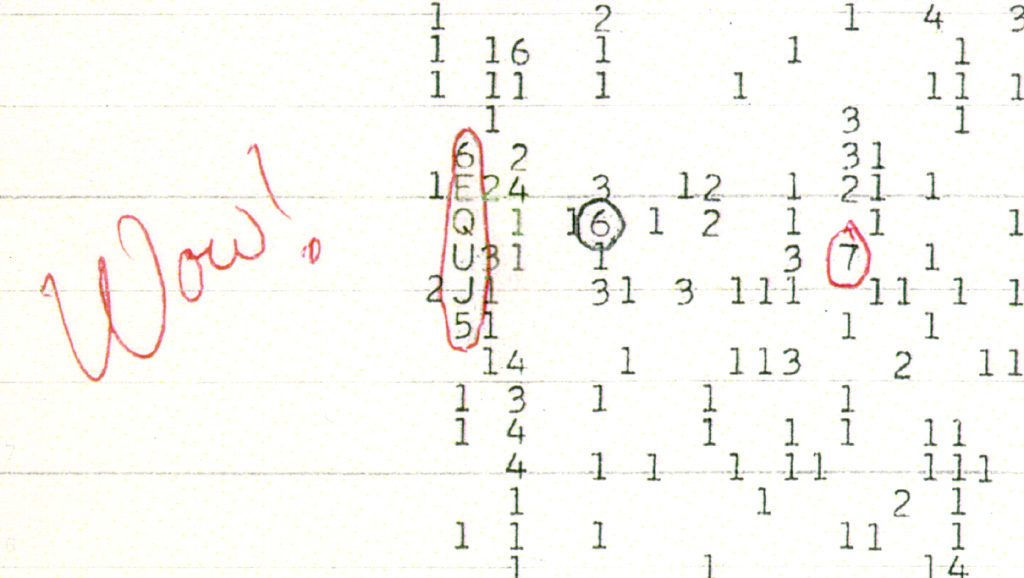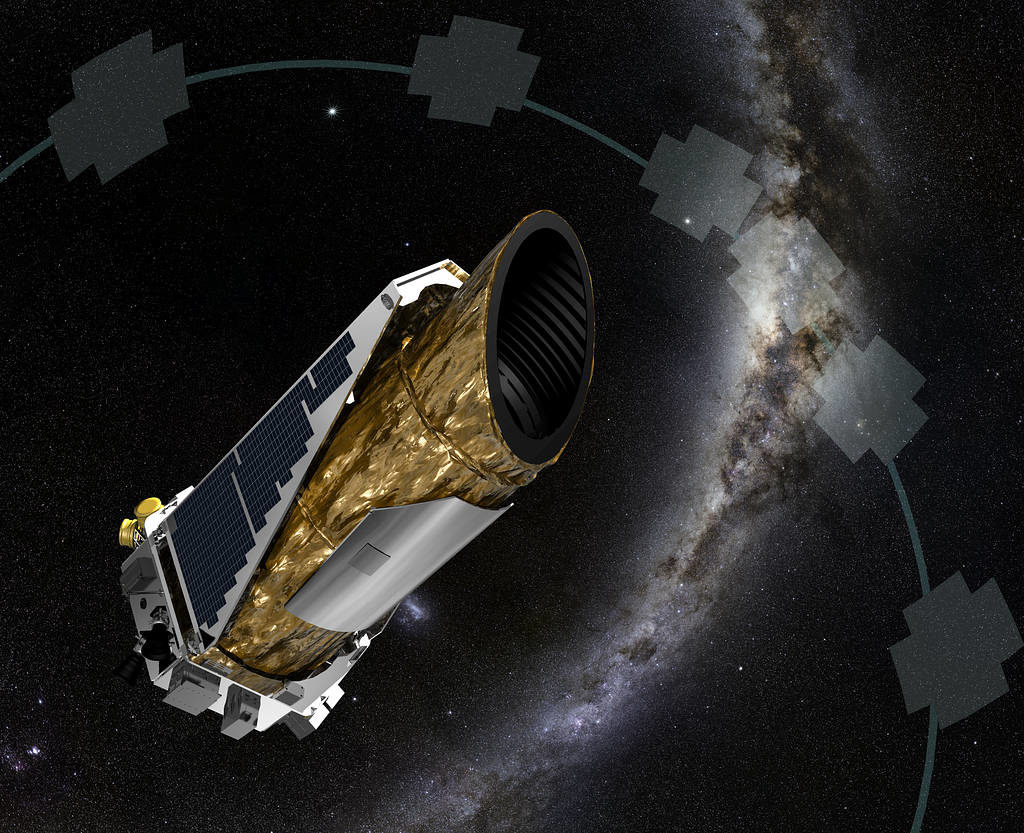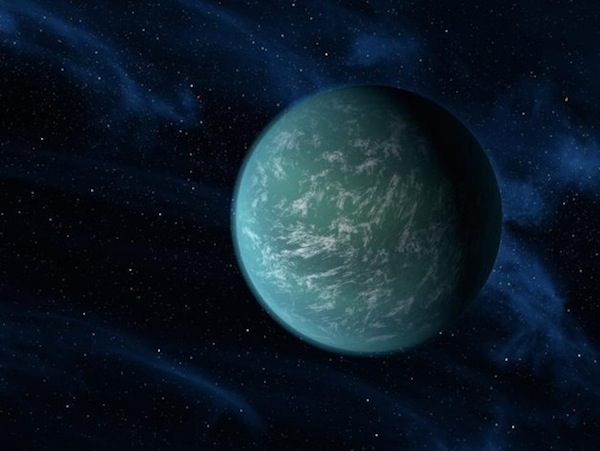
Artist's Conception of Kepler-22b credit NASA
NASA's Kepler spacecraft has discovered and confirmed planet in the so called Habitable Zone around a star very similar to our own Sun. The zone is so named because that is the region around a star that liquid water could exist, so a planet in that zone is a great candidate for life similar to our own.
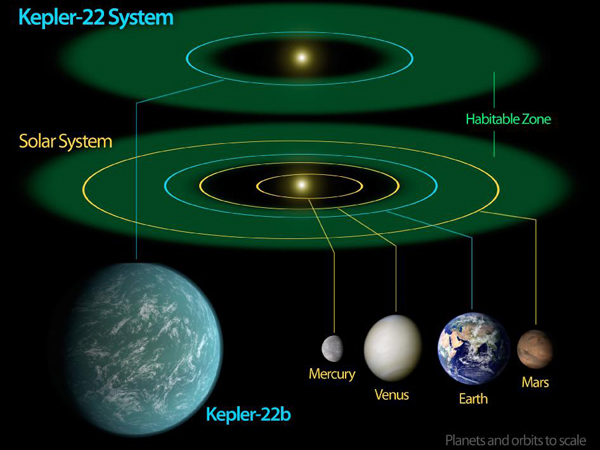
Comparison of Kepler-22b's orbit to that of the Earth credit NASA
The planet, dubbed Kepler-22b, should have a surface temperature around a nice 72 degrees. Unlike discovered potential planets in other solar systems that are many times the size of Earth, Kepler-22b is much closer at only roughly 2.4 times our planet's size. In other words, the possibility of Kepler-22b having life similar to Earth's is the strongest we have discovered yet.
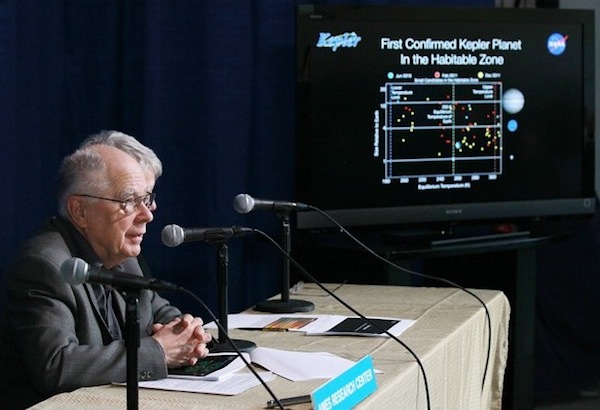
NASA news conference on Dec 5, 2011 credit NASA
The Kepler Space Telescope, launched in March 2009, has also identified more than 1,000 explained candidates as of December 5, 2011. In total, 2,326 potential planets have been found by the space telescope. Pete Worden, director of NASA's Ames Research Center, sums it up nicely,
We're getting closer and closer to discovering the so-called Goldilocks planet
Even though Kepler-22b is about 600 light years away from Earth, identifying other Earth-like planets in similar solar systems will allow us to understand our own, and possibility shed light on its origin and eventual destruction. But if we can discover life on those foreign planets, then it just might change the future of man altogether.
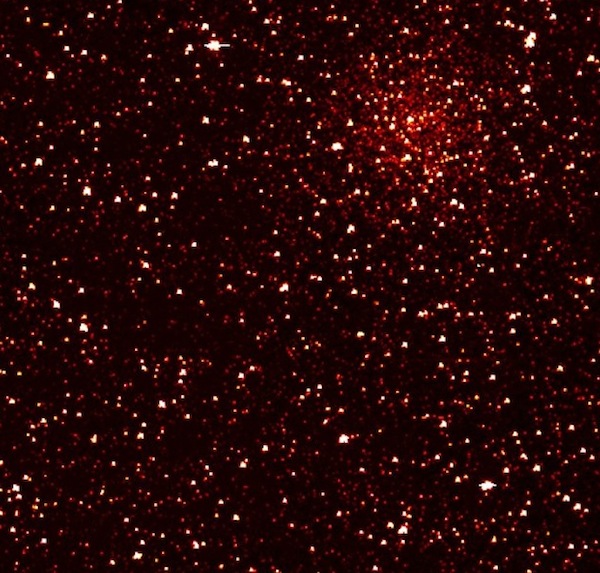
2009 photo showing Kepler's partial field of view credit NASA
Kepler (spacecraft)
The Kepler spacecraft is an American space observatory, the space-based portion of NASA's Kepler Mission to discover Earth-like planets orbiting other stars. The spacecraft is named in honor of the 17th-century German astronomer Johannes Kepler. The spacecraft was launched on March 7, 2009, with a planned mission lifetime of at least 3.5 years.
source:wikipedia


